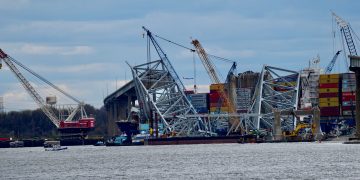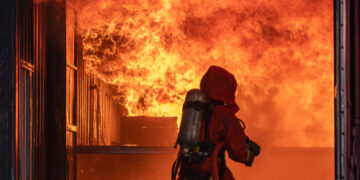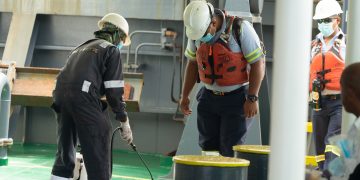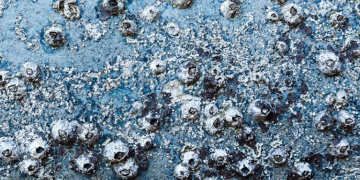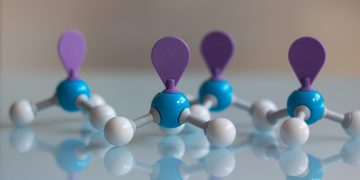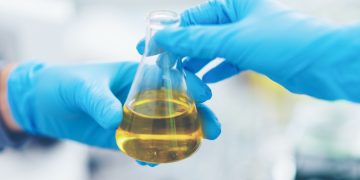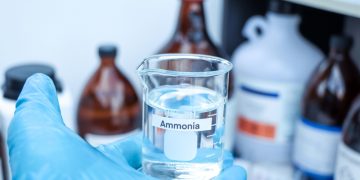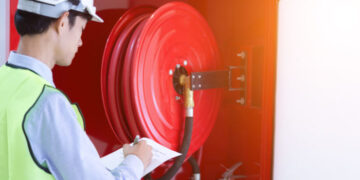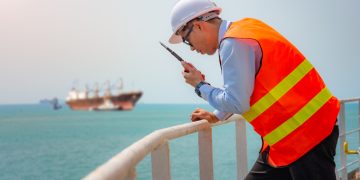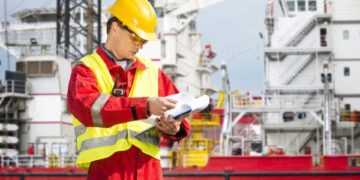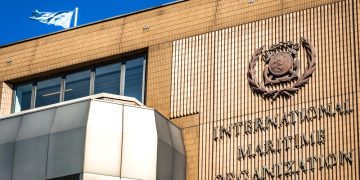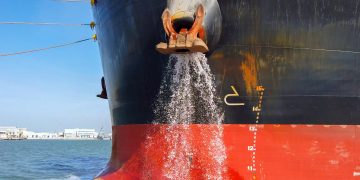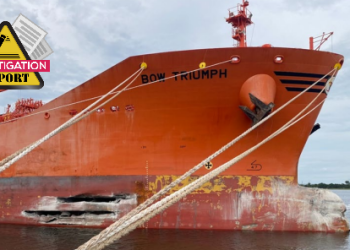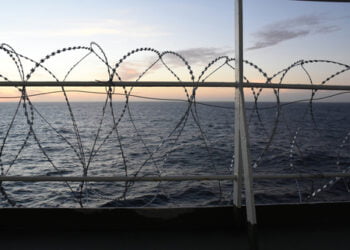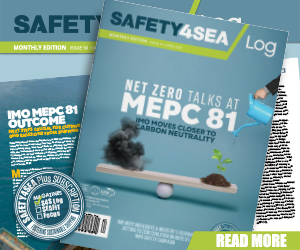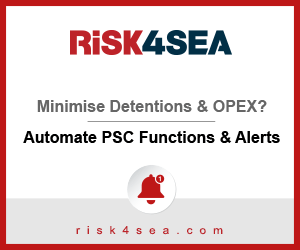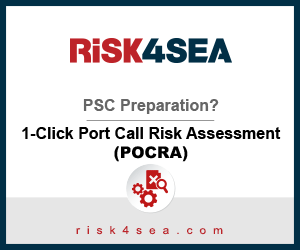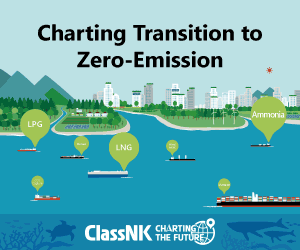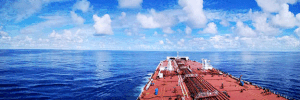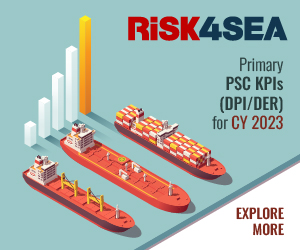In its latest Safety Flashes, IMCA describes a case where two crew members were exposed to toxic fumes during hot work.
The incident
Two crew members were exposed to toxic fumes resulting in dizziness, headaches, difficulty in breathing, and low blood oxygen levels.
The incident occurred during hot work when thruster couplings were being replaced. This was on a vessel experiencing problems with Tunnel Thruster (TT) couplings due to installation/commissioning issues during a new build.
[smlsubform prepend=”GET THE SAFETY4SEA IN YOUR INBOX!” showname=false emailtxt=”” emailholder=”Enter your email address” showsubmit=true submittxt=”Submit” jsthanks=false thankyou=”Thank you for subscribing to our mailing list”]
It was decided to replace the thruster couplings, and a detailed step by step work plan was executed, including
Permit to Work, work planning meeting, risk assessment, and emphasis on “stop work authority” during the toolbox talk.
In order to change out the thruster coupling, the component had to be heated to 120-150 °C.
The temperature in the bow thruster room (not a confined space area) was 32-35 °C and the ventilation set up assessed in the planning was to mitigate the heat and provide some cool airflow through the room.
The coupling was heated up and when it reached the required temperature, this led to a release of toxic fumes from the anti-rust chemical used on it.
The chemical used as anti-rust was unknown to the crew and no MSDS had ever been provided by the supplier of the coupling.
The supplier’s service engineer, who was required to be onboard supervising the task, appeared to be unaware of the type of anti-rust chemical on the coupling.
The exposure to the chemical was felt later in the day. Two of the crew members experienced a heavy chest, dizziness, headache, difficulty in breathing, and low blood oxygen levels. Based on consultation with topside medical support, the two crew members were sent ashore for medical evaluation and treatment.
What went wrong
- Lack of awareness of anti-rust chemical agent, leading to intoxication of two crew members.
- No MSDS was available for the anti-rust chemical agent and the service engineer was unaware of chemical toxicity.
- A work instruction included a requirement for the component to be clean before installation (wiped); however, the installation instruction/procedure did not mention any chemical, nor any special product to be used, nor a requirement for a thorough clean of the component before installation.
What went right
There was a detailed step by step work plan, including:
- Permit to Work
- Work planning meeting
- Risk assessment
- Emphasis on “stop work authority” during the toolbox talk
What was the cause?
Our member noted that a lack of knowledge of the spare part (thruster coupling) being coated with the toxic antirust agent, and subsequently lack of removal before heating and installation, lead to the intoxication of crew
members. Ventilation was used for air cooling rather than toxic air extraction.
…IMCA stated.
Lessons learned
- Be aware of the possibility of toxic anti-rust agents and therefore ventilation should always follow a risk assessment process where identification of potential risks such as intoxication should be considered first.





